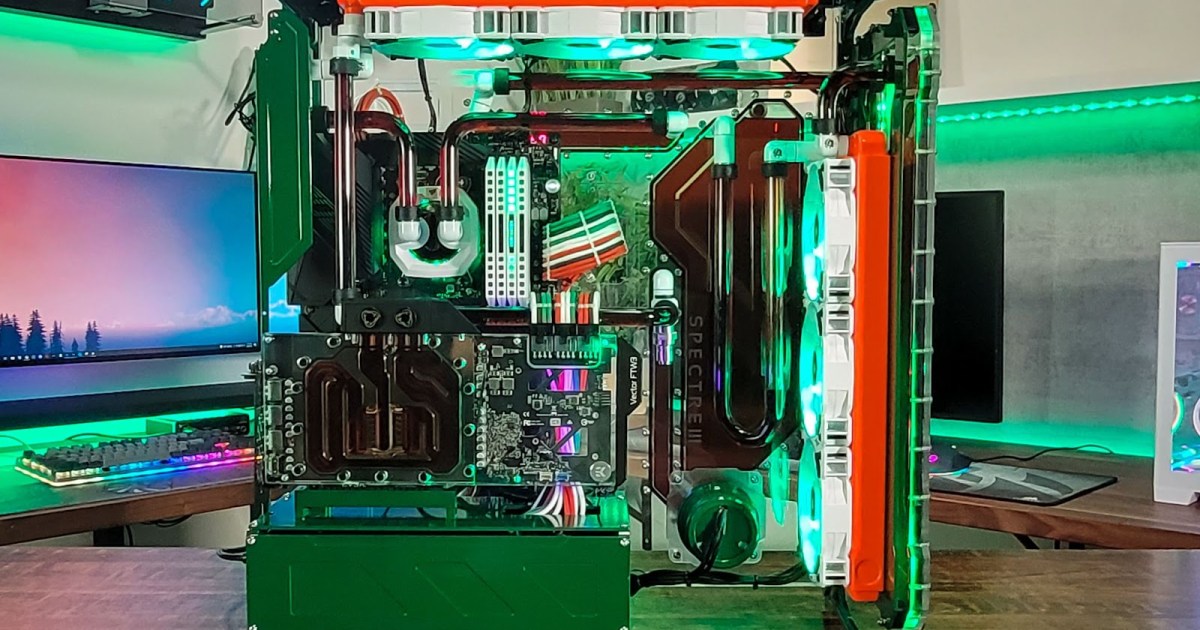iRU unveiled systems based on the Baikal-M SoC running a Linux-derived OS developed in Russia.
Company Reveals All-Russian PCs Using an Arm SoC and Linux : Read more
Company Reveals All-Russian PCs Using an Arm SoC and Linux : Read more
..... featuring SoCs that deliver 2015-era performance
iRU unveiled systems based on the Baikal-M SoC running a Linux-derived OS developed in Russia.
Company Reveals All-Russian PCs Using an Arm SoC and Linux : Read more
So they are getting away from using things developed in Europe by using unaltered ARM cores that are developed in the UK....Russia has been trying to migrate PCs and servers used by government agencies and state-owned companies from processors and software developed in the U.S. and Europe for several years now.
So they are getting away from using things developed in Europe by using unaltered ARM cores that are developed in the UK....
Will they make a true Russian version with a vodka based AIO cooler?
Custom loop with vodka inside, tap for "users" and hidden replenishment tank behind would be superb for Russian LAN parties.

Nope. These machines are not serious at all, rather replacement for office purposes.
Those in need of real performance will use Elbrus (E2K) based systems. These are quite fast VLIW CPUs with a ton of security features. For example, safe execution mode allows compiler to enforce type-specific restrictions on pointer arithmetic, arrays, structures etc. You can ensure that your application is protected from exploiting memory corruption bugs without using Java, C# or whatever managed mumbo jumbo. This hardware also has x86/x86-64/arm translation layers with ~20-30% performance overhead and therefore is capable of running unmodified proprietary software at near-native speeds, but it’s another story.

